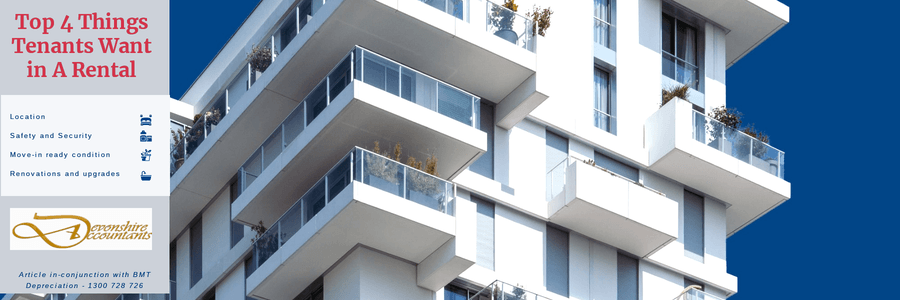The Alternative decline in turnover tests for JobKeeper 2.0
On 23 September 2020, the Coronavirus Economic Response Package (Payments and Benefits) Alternative Decline in Turnover Test Rules (No. 2) 2020 ('the DIT No. 2 Rules') were registered. It is important to note that there is not a new tranche of alternative tests that entities can apply for JobKeeper 2.0. Rather, the DIT No. 2 Rules have effectively updated the original alternative tests to recognise that:
-different dates and timelines now apply;
-current GST turnover has replaced projected GST turnover under the new actual decline in turnover test; and
-entities seeking to participate in JobKeeper 2.0 (who did not participate in JobKeeper 1.0) must still satisfy the original decline in turnover test, which is based on projected GST turnover. Note that such entities can still satisfy the original decline in turnover test if they are eligible for, and satisfy, an alternative test.
The DIT No. 2 Rules, consistent with the original rules, set out seven classes of entities that are eligible to apply the alternative test relevant to their particular circumstances. Also, there have been some slight favorable modifications to some of the alternative tests.
Accordingly, the Coronavirus Economic Response Package (Payments and Benefits) Alternative Decline in Turnover Test Rules 2020 (registered on 23 April 2020) have been repealed, effective at the end of 27 September 2020.
The DIT No. 2 Rules, consistent with the original rules, set out seven classes of entities that are eligible to apply the alternative test relevant to their particular circumstances. Also, there have been some slight favourable modifications to some of the alternative tests.
For clarity, Section 3 of the DIT No. 2 Rules provides that the DIT No. 2 Rules apply to JobKeeper fortnights starting on, or after, 28 September 2020 for the purposes of:
(a) the new actual decline in turnover test (based on current GST turnover) in S.8B of the Rules; and
(b) the modified original decline in turnover test (based on projected GST turnover) in S.8 (and S.8A) of the Rules.
The seven classes of entities identified in the DIT No. 2 Rules are as follows:
1. New businesses
2. Business with a substantial increase in turnover
3. Business with an irregular turnover
4. Business affected by drought or natural disaster
5. Business acquisition or disposal that changed the entity's turnover
6. Business restructure that changed the entity's turnover
7. Sole traders or small partnerships with sickness, injury or leave
Contact us today on 07 3800 0807 to assist you with Jobkeeper 2.0 under the Alternative Rules.


...or make an appointment
If you would like to meet with one of our team to discuss your financial needs, please feel free to book an appointment with us.

